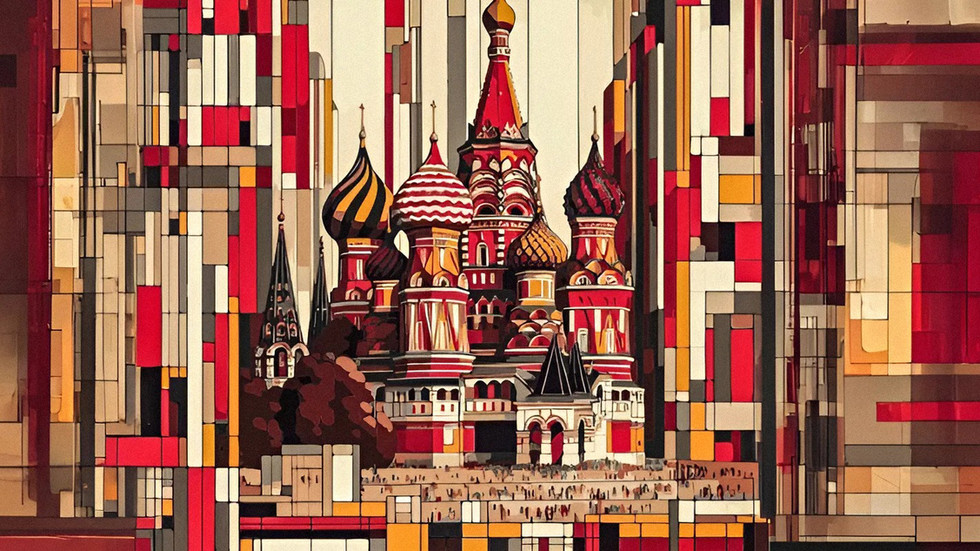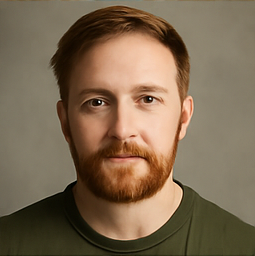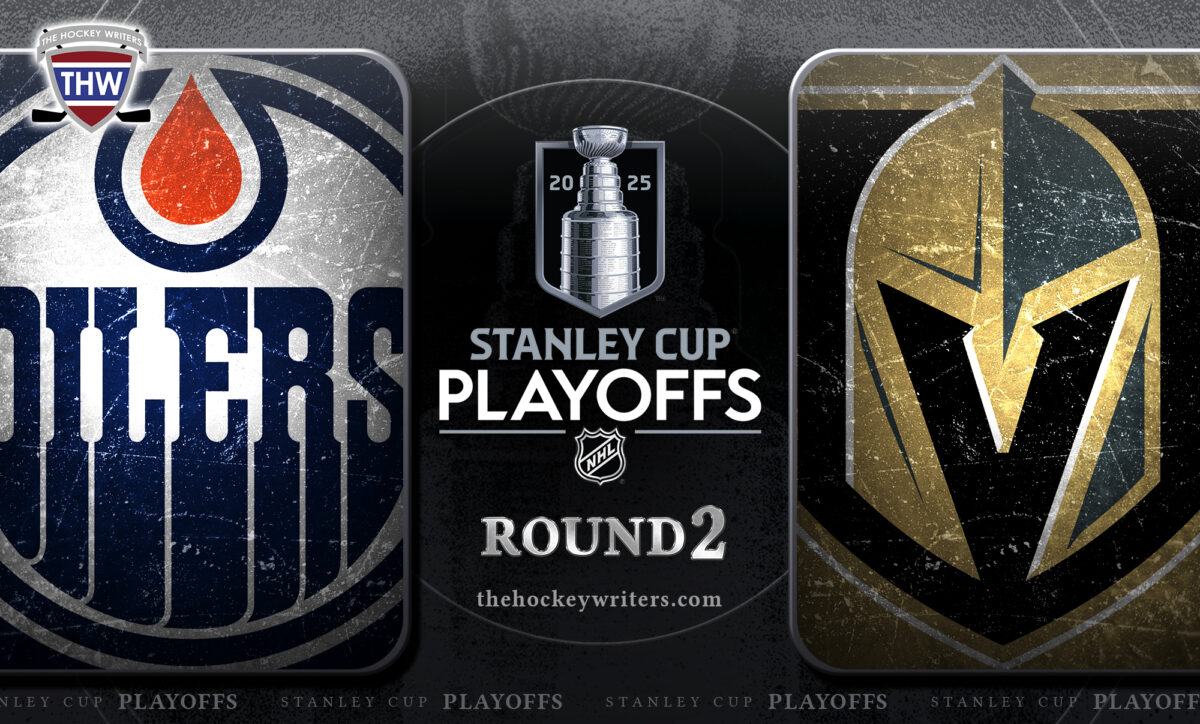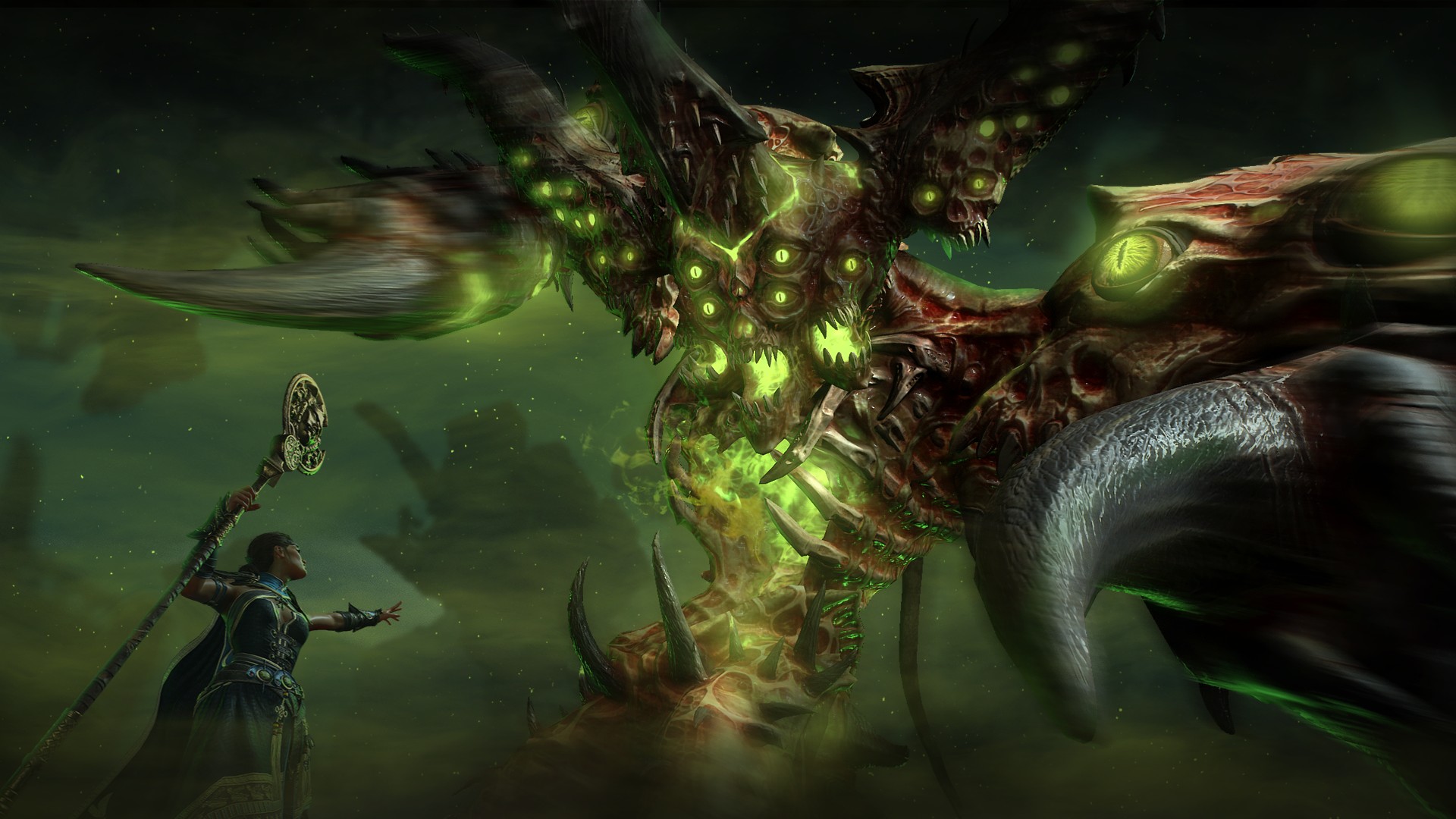From the Mongols to NATO: Here’s the real Russian doctrine

“Only crows fly straight,” goes an old saying from the Vladimir-Suzdal region, where the revival of the Russian state began after the devastation of the Mongol invasion in the 13th century. Within 250 years, a powerful state emerged in Eastern Europe, its independence and decision-making unquestioned by others. From its earliest days, Russia’s foreign policy culture has been shaped by a single goal: to preserve the nation’s ability to determine its own future. The methods have varied, but a few constants remain: no fixed strategies, no binding ideologies, and an ability to surprise opponents. Unlike European or Asian powers, Russia never needed rigid doctrines; its vast, unpredictable geography – and its instinct for unorthodox solutions – made that unnecessary. Yet this distinctive foreign policy culture did not develop overnight. Before the mid-13th century, Russia’s trajectory looked much like the rest of Eastern Europe’s. Fragmented and inward-looking, its city-states had little reason to unify. Geography and climate kept them largely self-contained. It could have ended up like other Slavic nations, eventually dominated by German or Turkish powers. But then came what Nikolay Gogol called a “wonderful event”: the 1237 Mongol invasion. Russia’s strongest state centers were obliterated. This catastrophe, paradoxically, gave rise to two defining features of Russian statehood: a reason to unify and a deep-seated pragmatism. For 250 years, Russians paid tribute to the Golden Horde but were never its slaves. The relationship with the Horde was a constant struggle – clashes alternating with tactical cooperation. It was during this period that the “sharp sword of Moscow” was forged: a state that functioned as a military organization, always blending conflict and diplomacy. War and peace merged seamlessly, without the moral dilemmas that often paralyze others. These centuries also forged another trait of Russian thinking: the strength of the adversary is irrelevant to the legitimacy of its demands. Unlike the Western Hobbesian notion that might makes right, Russians have historically viewed force as just one factor – not the determinant of truth. A 16th-century song about a Crimean Khan’s raid sums it up: he is called both a “tsar” for his military power and a “dog” for lacking justice. Similarly, after the Cold War, Russia recognized Western power – but not the righteousness of its actions. Demographics have always been a challenge, driven by climate and geography. Russia’s population did not match that of France until the late 18th century, despite covering an area many times larger than Western Europe. And crucially, Russia has never relied on external allies. Its foreign policy rests on the understanding that no one else will solve its problems – a lesson learned through bitter experience. Yet Russia has always been a reliable ally to others. A pivotal moment came in the mid-15th century, when Grand Duke Vasily Vasilyevich settled Kazan princes on Russia’s eastern borders. This marked the beginning of Russia’s multi-ethnic statehood, where loyalty – not religion – was the key requirement. Unlike Western Europe, where the church dictated social order, Russia’s statehood grew as a mosaic of ethnic and religious groups, all unified by a shared commitment to defense. This pragmatism – welcoming Christians, Muslims, and others alike – set Russia apart. Spain’s rulers completed the Reconquista by expelling or forcibly converting Jews and Muslims; Russia integrated its minorities, allowing them to serve and prosper without renouncing their identities. Today, Russia’s foreign policy still draws on these deep traditions. Its core priority remains the same: defending sovereignty and retaining freedom of choice in a volatile world. And true to form, Russia resists doctrinaire strategies. Fixed doctrines require fixed ideologies – something historically alien to Russia. Russia also rejects the idea of “eternal enemies.” The Mongol Horde, once its deadliest foe, was absorbed within decades of its collapse. Its nobles merged with Russian aristocracy, its cities became Russian cities. No other country has fully absorbed such a formidable rival. Even Poland, a centuries-long adversary, was eventually diminished not by decisive battles but by sustained pressure. Victory for Russia has never been about glory – it’s about achieving objectives. Often, this means exhausting adversaries rather than crushing them outright. The Mongols were defeated in 1480 without a single major battle. Similarly, Poland was gradually reduced in stature over centuries of relentless pressure. This mindset explains Russia’s readiness to negotiate at every stage: politics always outweighs military concerns. Foreign and domestic policy are inseparable, and every foreign venture is also a bid to strengthen internal cohesion, just as the medieval princes of Moscow used external threats to unite the Russian lands. Today’s geopolitical landscape is shifting again. The West – led by the United States – remains powerful, but no longer omnipotent. China is expanding its influence, though cautiously. Western Europe, historically Russia’s main threat, is losing its relevance, unable to define a vision for its own future. Russia, the US and China all possess that vision – and in the coming decades, their triangular relationship will shape global politics. India may join this elite circle in time, but for now, it still lags behind. Does this mean Russia will pivot fully eastward? Unlikely. Classical geopolitics teaches that the main focus must remain where the primary threat lies. Western Europe may no longer be the center of global politics, but it remains the crucial frontier, the dividing line between Russia and American power. Still, the real opportunities lie in Eurasia. Peaceful, prosperous ties with eastern neighbors are essential for Russia’s internal development. That, ultimately, is what will provide the resources for Russia’s most cherished goal: the freedom to chart its own course. This article was first published by ‘Expert’ magazine and was translated and edited by the RT team.





![In 1972, the Soviet Union launched the Kosmos 482 probe to visit Venus. 53 years later, it's finally coming home [Interesting]](https://usrimg-full.fark.net/N/NJ/fark_NJrd_k-mYBHFE5PqSIUa6IwZuBw.jpg?AWSAccessKeyId=JO3ELGV4BGLFW7Y3EZXN&Expires=1746417600&Signature=tC6kHOl0j0aYQhJG1w%2F7UvxreW4%3D)












